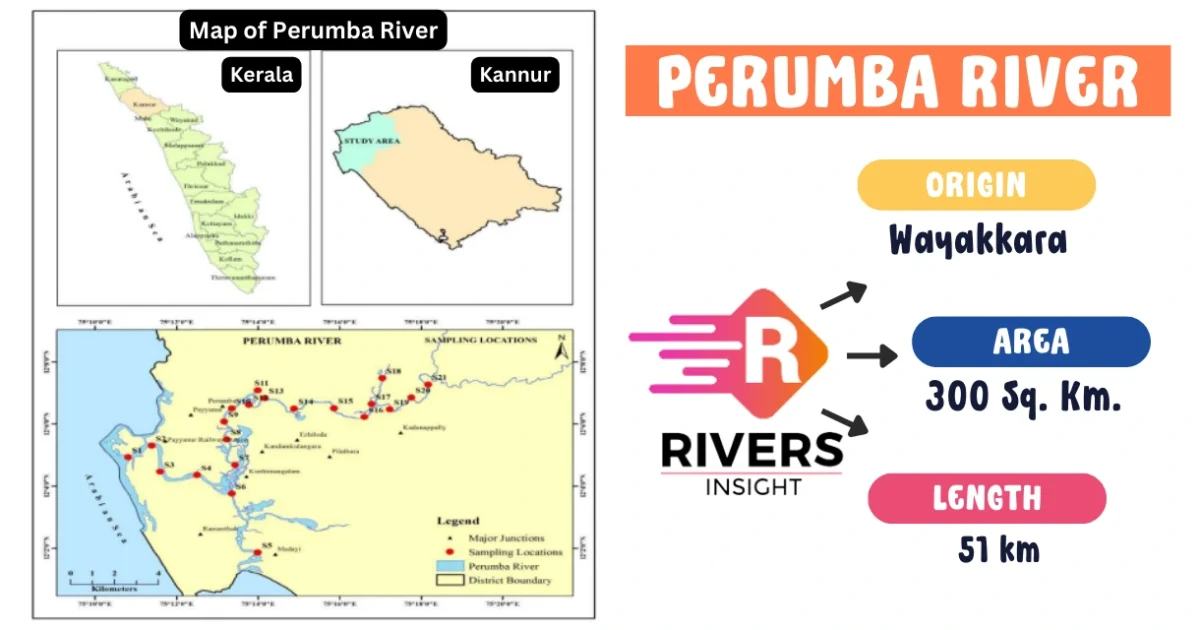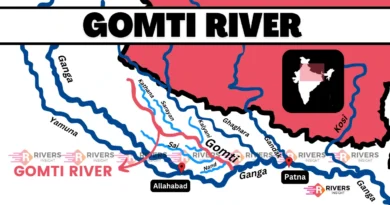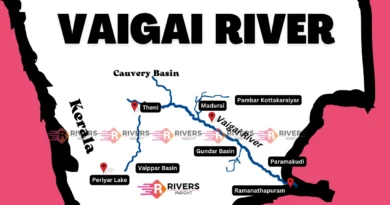Perumba River of Kerala with Map
The Perumba River, also known as the Payyannur River, is an important watercourse that flows through the scenic Kannur and Kasargod districts of Kerala, India. It is 51 kilometers long and very important to the people who live along its banks, especially the town of Payyannur.
| River | Perumba |
| Length | 51 km |
| Origin | Kannur |
| Area | 300 square km |
Table of Contents
Geographical Features of Perumba River
The geographical features of the Perumba River outline its origin, course, length, tributaries, and drainage basin, underscoring its significance in the landscape of Kerala, India.
1. Origin & Course
The Perumba River originates in the Western Ghats near Wayakkara village in Kannur district. It flows along the west side of Peringgoni, Kuttur, Mathamangalam, Kakara, Pachani, Perupadavu, Panapuzha, and reaches Mathamagalam.
From there, it forms Peruvambapuzha (PerumbaPuzha), flowing through Kaithapram, Chandhapura, Meenkuzhi, Peravoor, Perumba, and Kunchimangalam before reaching Ezhimala. It then divides into two, with one branch joining the Kavvayi canal and the other flowing into the Arabian Sea.
2. Length
With a total length of 51 kilometers, the River sustains various ecosystems and communities along its route.
3. Tributaries
Key tributaries include:
- Macharuthode
- Mathamangalam
- Challachal
- Nitaringapuzha
- Mukkuttenkarachal
4. Drainage basin
The river’s drainage basin covers an area of 300 square kilometers, primarily located in the districts of Kannur and Kasargod.
Historical Significance
The Perumba River holds historical importance in the region, serving as a vital resource for agriculture, fisheries, and other industries. It has played a significant role in shaping the socio-economic fabric of Kannur and Kasargod districts over the years.
Click to Read: Peninsular River
Conclusion
In conclusion, the Perumba River stands as a symbol of Kerala’s natural beauty and cultural heritage. As it continues to flow through the region, it remains a lifeline for the communities it serves, emphasizing the need for its conservation and sustainable management for future generations.




